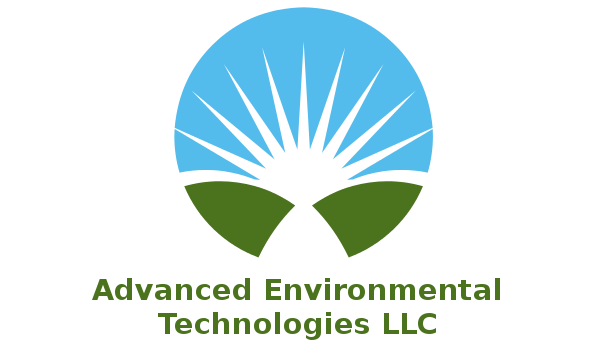Chlorine Dioxide
Chlorine dioxide (ClO2) has a number of physical and chemical properties that make it the ideal product for addressing liquid, surface and/or airborne microbial contamination in a safe and effective manner.
Chlorine dioxide has a long history of effective use as a biocide in a variety of liquid and surface treatment applications. The effectiveness of gaseous chlorine dioxide has also been well documented in numerous large scale fumigation applications. ClO2 remains a true gas when placed into water, thus retaining its distinct chemical structure and properties after being dissolved. Chlorine, in contrast, is an acid gas and forms hypochlorous acid and hydrochloric acid when placed in water. These two forms of chlorine are both more corrosive and less effective as biocides than the original gas.
ClO2 is highly soluble in water and other organic materials. Because of this, chlorine dioxide penetrates through materials that protect microorganisms from other biocides. This makes it ideal for killing spores, the most difficult form of microbes. Chlorine in water has difficulty penetrating some organic barriers because of its ionic nature. CLO2 has a unique molecular structure enabling it to penetrate.
Since ClO2 is a true gas at standard temperature and pressure (STP), it can be used to fumigate structures of any size with a single application. Many potential fumigants, such as hydrogen peroxide and formaldehyde, are vapors, meaning they are in a liquid state at STP and must be continually heated to keep them in an effective gaseous form, thus limiting their uses to small areas where high temperatures can be maintained easily.
In its gaseous state ClO2 has been shown to be a highly penetrating biocide. Through the placement of spore strips, it has been proven that chlorine dioxide gas can readily penetrate through cloth, fabrics, paper, etc., and inactivate high concentrations of spores. Thus, facilities can be fumigated without first removing all porous materials. It has also been shown that ClO2 can penetrate beneath coffee cups, bottles, etc. that are sitting on hard surfaces and inactivate underlying organisms. Think of the costs saved by not having to remove porous materials before fumigating and disposal!
ClO2 has an attractive toxicological profile relative to other compounds that could be used to fumigate contaminated structures. The potential adverse health effects associated with chlorine dioxide are largely acute in nature and generally related to its irritant properties. For example, chlorine dioxide exposure has been associated with irritation of the eyes, nose, and throat; coughing, wheezing; shortness of breath, etc. Other fumigants such as formaldehyde, ethylene oxide, and methyl bromide have all been associated with serious acute and chronic adverse health effects, including potential carcinogenicity..
Because it’s a free radical molecule chlorine dioxide decays naturally on its own and doesn’t need to be removed from surfaces or air spaces following treatment, whether applied in liquid or gaseous form. Concentrations of 750ppm will normally “disappear” completely without any action being taken in a period of only a few hours. Plus it doesn’t leave any visible or harmful residues on surfaces following treatment. Testing demonstrates that it will quickly decay into harmless microscopic sodium salts that are completely non-irritating.
Bedbugs are a major concern due to recent outbreaks and the fact that they are becoming resistant to pesticides. The US Environmental Protection Agency has classified them as “a pest of significant public health importance”. Bedbug eradication is multifaceted and may consist of environmental measures such as superheating, freezing, and also the use of strong chemicals. Since bedbugs are resistant to multiple commercially available pesticides, pest control companies have mixed stronger concentrations and mixed pesticides to try to control them resulting in 39 cases of pesticide poisoning in 2010.
Chlorine dioxide in gaseous form is an effective decontaminant against bedbugs. It has the ability to reach small crevices and cracks where bedbugs reside. In a recent study it has been shown effective in killing bedbugs at a concentration of 362ppm for 89 minutes and the ClO2 was completely removed and left no residue for human rehabilitation after 30 min.
Not All Chlorine Dioxide is Alike
Since chlorine dioxide has been around for a while why isn’t it more widely used? It turns out there is more than one way to make ClO2. If ClO2 isn’t pure, there can be by-products that break down into chlorinated acids at a very low pH which are extremely corrosive and poisonous. Plus, in the past, methods of making ClO2 included huge machines that produced large amounts that were cost-prohibitive.
Advanced Environmental Technologies (AET) has perfected a ClO2 production method that makes more Cl02, that remains neutral, and less than 1ppm in by-product. Also, Advanced Environmental Technologies (AET) has developed a method to deliver ClO2 to any size container.
